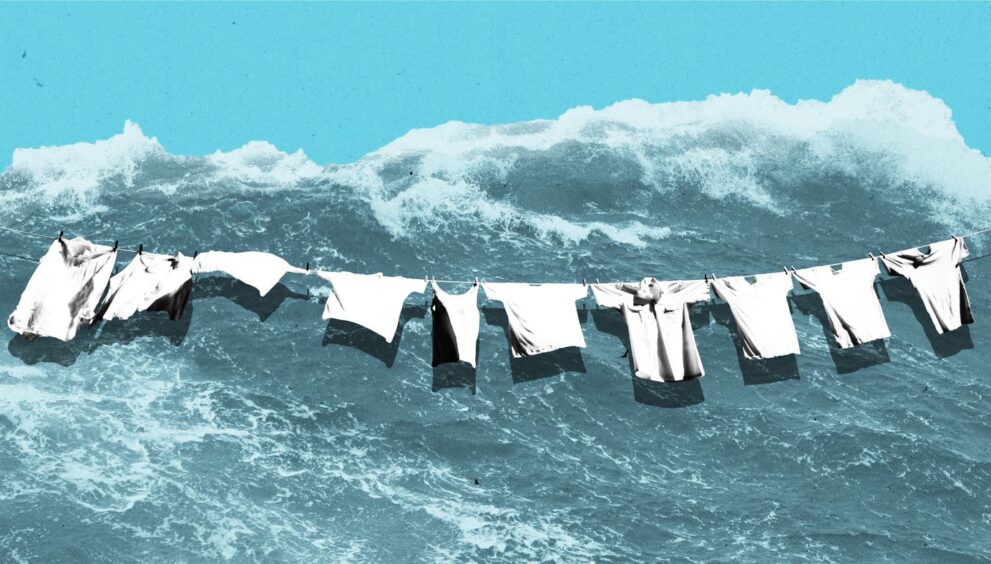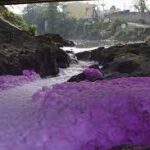The amount of microparticles detected in wastewater from the textile industry may now be measured and controlled in a novel way according to new research financed by Nike.
Due to a lack of standardisation when measuring particle quantities, especially those below 20 μm, which make up the majority of microparticles in the environment, the research intended to address the issue of comparing microparticle data from different studies.
To do this, a novel technique is put forth that, in collaboration with TUV-SUD in Singapore, counts minute fibre fragments, trash, and bacteria at one of Nike’s Asian textile suppliers.
A commercially available laser counter used in the semiconductor industry to measure particulate contamination in slurries was used because it counts particles as small as 2 μm, as opposed to using traditional methods to evaluate microparticle contamination in textile wastewater discharge, such as the test ASTM D8332-20.
“Current measurement approaches do not measure smaller particles, and are highly prone to contamination, and lack standardisation,” said the researchers in a paper on ResearchGate.
The Nike supplier, which dyes and dries cotton and polyester fabrics, treated on-site wastewater with a clarifier in tandem with a membrane bioreactor (MBR) after initial textile wastewater treatment.
Samples were taken and analysed both before and after passing through a hollow fibre ultrafiltration module with a nominal pore size of less than 0.03 μm, which was placed downstream of the clarifier and MBR.
More than 99% of all particles between 2 and 35 μm and 100% of particles between 35 and 125 μm in diameter were removed by the ultrafiltration module.
The researchers said, “Considering that many textile mills manufacture hundreds or thousands of square metres of fabric per day, creating thousands of tons of wastewater in the process, it’s likely that previous studies attempting to quantify microparticle discharges into the environment have significantly underestimated the particle counts, especially since most of those studies focused only on microplastics, did not consider natural fabrics, and did not count particles below 20 μm in diameter.”
When compared to a conventional up-flow clarifier used to treat wastewater from the textile industry, treated effluent from an MBR includes much fewer microparticles.
To stop the release of almost all the microparticles from a textile mill, ultrafiltration in a wastewater treatment system should be taken into consideration downstream of the MBR or clarifier.
The amount of microparticles that end up in the water and ultimately in the ocean can be greatly reduced by implementing this strategy throughout the textile manufacturing process, the researchers said.




